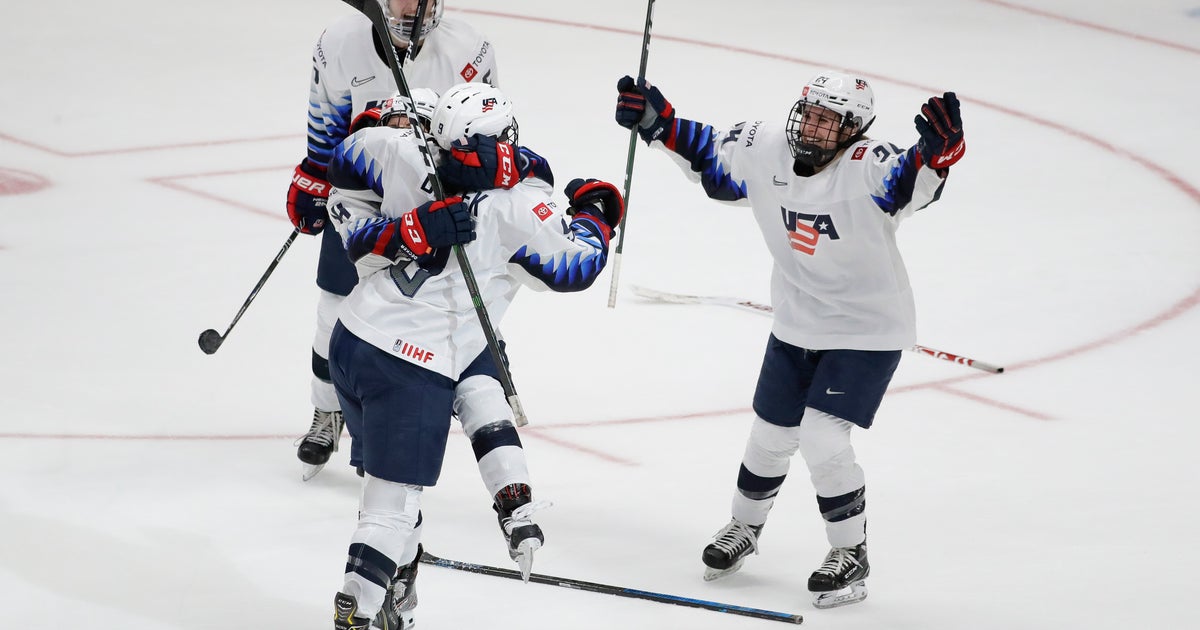Women’s hockey looks to keep momentum after Rivalry Series


ANAHEIM, Calif. (AP) — Women’s hockey has been in the spotlight the past couple weeks with the Rivalry Series and the NHL’s All-Star weekend.
It’s valuable exposure in a non-Olympic year, and the big challenge is trying to sustain the momentum.
With the five-game series between the United States and Canada concluding on Saturday and progress toward a viable league at a standstill, the next big event won’t happen until March 31, when the World Championships begin in Canada.
“The last few weeks have been special for players and fans but hopefully these opportunities continue to build,” said U.S. forward Hillary Knight, who had three goals in the series. “You can get on a treadmill and run until you are blue in the face or get on a line and sprint back and forth but there is nothing like playing in games and being in game shape. It’s challenging but every single day we know what our responsibilities are.”
The National Women’s Hockey League has five teams in the U.S., but the top American and Canadian players are boycotting because they don’t believe it is financially viable. The Professional Women’s Hockey Players Association was formed last year and has held a couple showcases for players to remain in game shape. One is scheduled for Philadelphia this month and plans remain in the works for another in Arizona before the World Championships.
The players who took part in the NHL All-Star Skills event and 3-on-3 exhibition game were all members of the PWHPA. But NHL Commissioner Gary Bettman has said he isn’t interested in starting a women’s league while one is still operating.
“We all love this game so much to not figure it out and grind through this year to leave this game better than we entered it,” U.S. forward Kendall Coyne Schofield said. “You soak in the moments you’re together because more times than not you’re alone and you’re passing to the boards or you’re passing to a little rubber band that’s passing back to you.”
While a new league might be at least a couple years away, one way to increase exposure might be extending the length of the Rivalry Series. It was three games last year and five games this year. Players on both teams said they would welcome going to seven games next year.
Each of the games in this year’s series were televised in the U.S. and Canada, which also helps with getting increased exposure.
“We’re definitely trying to make the most of the exposure,” Canada forward Blayre Turnbull said. “We only get on television three to five times a year and it is about finding more outlets. We don’t get the luxury of playing in a league or getting two or three games a week.”
Saturday’s finale at the Honda Center drew 13,320, which is the most to view the national team in the U.S. It surpassed the previous mark of 10,158 for a 2002 game against Canada in Detroit.
Molly Schaus — a former U.S. goaltender and two-time Olympian — was the driving force behind ticket sales and getting the game in Southern California.
Coyne Schofield said that the crowd and game, won by the U.S. 4-3 in overtime, was a harbinger of future games on a bigger stage.
“Tonight the Ducks set the tone and proved to the rest of the NHL clubs that you can host a women’s hockey game in your building and sell it,” she said. “Molly proved to a lot of people that didn’t believe this building could hold 13,000 for women’s hockey.”
The U.S. will go into the World Championships with momentum after winning four of five against their rival as well as being the defending champion. Canada remains in a bit of a transition after Troy Ryan took over as coach last month. The U.S. has won eight of the last 11 against Canada.
“We’re a confident team. No doubt about it,” U.S. coach Bob Corkum said.









